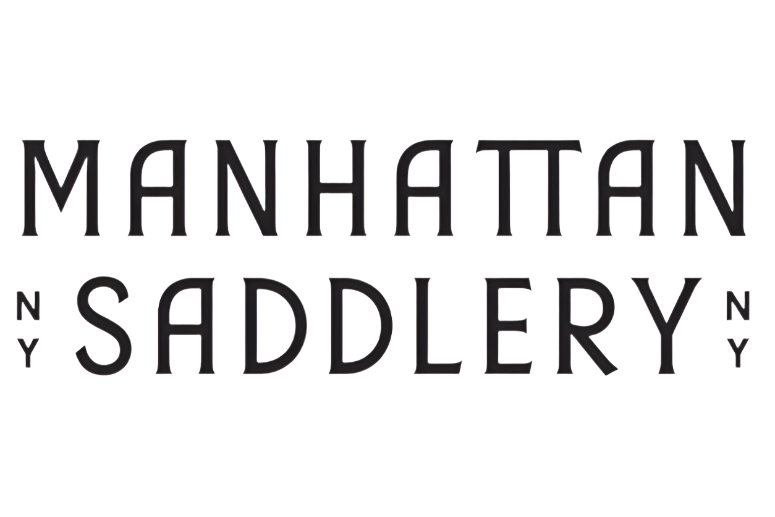Not all bridles are created equal; even the most beautiful tack can cause discomfort if it doesn’t fit properly. Correct fit is key to your horse’s comfort, communication, and performance, whether you're adjusting a fresh-from-the-box Antares or fine-tuning a well-loved schooling bridle.
Here’s how to break down bridle fit piece by piece, so your horse stays focused and fabulous:
1. Start with the Crownpiece
The crownpiece should sit comfortably behind your horse’s ears without pressing on the poll. You should be able to slide two fingers underneath snugly, but never pinch. Anatomical crownpieces with cutouts can relieve pressure and offer a more tailored fit for sensitive horses.
2. Check the Browband
If the browband is too short, it will tug the crownpiece forward and pinch the base of the ears, potentially causing headshaking or rubs. It should lie flat across the forehead without pulling or bunching the leather. A well-fitted browband gives your bridle a clean line and flatters your horse’s head.
3. Adjust the Cheekpieces
Cheekpieces should be even on both sides and adjusted so the bit creates a soft, double wrinkle at the corners of your horse’s mouth. Too tight and you risk tension and evasion; too loose and the bit won’t stay centered, or can interfere with your horse’s teeth. Make sure the buckles or hooks rest cleanly near the corner of the eye, not too high, not too low.
4. Evaluate the Noseband
A properly placed noseband sits about 1–2 fingers below the cheekbone. Whether it’s a plain cavesson or a crank, it should be secure but not restrictive—you should be able to fit two fingers beneath it. Overly tight nosebands are common, and they do more harm than good, limiting jaw movement and increasing tension. (Beginning in 2025, the FEI has begun to crackdown on overly tight nosebands at its competitions.)
5. Bit Placement Matters
Check that the bit sits evenly in the mouth, with no twisting or offset. The cheekpieces shouldn’t pull it askew, and the reins should attach cleanly without distorting the fit. Look out for wear spots on the corners of the mouth—those are signs something’s off.
Common Bridle Fitting Mistakes
-
Overly tight nosebands causing resistance or stress
-
Uneven cheekpieces leading to asymmetrical pressure
-
Incorrect sizing, especially for horses with broad foreheads or small muzzles
-
Ignoring rub marks or subtle behavioral changes
We’re Here to Help
Not sure if your bridle fits the way it should? Bring it in. We offer expert adjustments in-store—whether you’re shopping for something new or tweaking what you already own.
Need a better fit?
Browse our curated collection of anatomical and classic bridles online or stop by the store to try them on in person.

